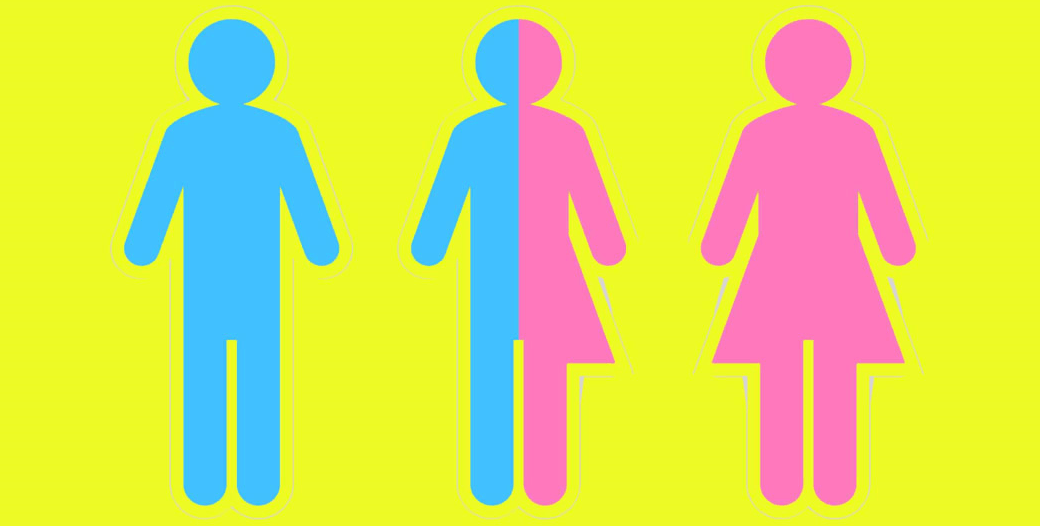Navigating Transgender Terminology in the modern world can be difficult, with so many new terms emerging. It is hard to keep up and be politically correct. When writing about or referring to transgender individuals, it’s essential to be respectful and mindful of their identities. It is important to understand the terminology and use it correctly to avoid offending or misrepresenting the LGBTQ community.
Lets take a look at transgender terminology and how to navigate it properly. From the basic definitions of gender identity and expression to pronoun usage and language nuances, which may help you become more sensitive, inclusive, and respectful in your writing and messaging. So, let’s dive in and learn how to communicate with empathy and understanding when writing about transgender individuals.
Understanding Gender Identity and Expression
Gender identity is a person’s internal sense of being male, female, or something else. It is a deeply personal and subjective expression that may or may not align with the sex they were born with. Gender expression refers to how a person expresses their gender to the world through their appearance, behavior, and other outward characteristics.
Understand these concepts because they are the foundation of transgender identity. For example, a transgender woman is someone who born male but identifies and lives as a woman. Not all transgender people undergo medical or surgical treatments to align their bodies with their gender identity. Some may choose to do so, while others may not.
Acknowledge and respect a person’s gender identity and expression, even if it differs from your own or what you may be used to. Referring to someone by their correct name and pronouns, using inclusive language, and avoiding assumptions about their gender can go a long way in showing respect and support.
Transgender vs. Transsexual – What’s the Difference?
The terms transgender and transsexual can be used interchangeably, but they are not the same thing. Transgender is an umbrella term that encompasses different gender identities, including transsexual. Transsexual is a term used to describe a transgender person who has undergone medical treatment, such as hormone therapy or surgery, to align their body with their gender identity.
The Importance of Using Correct Pronouns
Using correct pronouns is a crucial aspect of respecting a person’s gender identity. Pronouns are the words used to refer to someone in the third person, such as he, she, or they. Ask someone for their preferred pronouns and use them consistently.
If you’re unsure about someone’s pronouns, the best thing to do is to ask politely. You can say something like,
“I want to make sure I’m using the correct pronouns. What are your preferred pronouns?”
Avoid assuming someone’s pronouns based on their appearance or gender expression. Using incorrect pronouns can be hurtful and invalidating to a person’s identity. Make a conscious effort to use the correct pronouns and correct yourself if you make a mistake. It shows that you respect and support the person’s identity.

Commonly Used Transgender Terms and Their Meanings
There are many terms that are commonly used within the transgender community. Here are some of the most common terms and their meanings:
- Cisgender: A person whose gender identity aligns with the sex they were assigned with at birth.
- Non-binary: A person who identifies as neither male nor female or as a combination of both.
- Genderqueer: A person whose gender identity is outside of the traditional binary of male and female.
- Two-Spirit: A term used by some Indigenous peoples to describe a person who embodies both male and female spirits.
- Agender: A person who does not identify with any gender.
- Genderfluid: A person whose gender identity fluctuates between male, female, or non-binary.
There are many other terms used within the transgender community, and new terms may emerge as language and understanding of gender identity evolves. It’s important to respect each person’s unique identity and use the terms they prefer.
Words and Phrases to Avoid
Here are some words and phrases to avoid:
- “Tranny” or “she-male”: These terms are derogatory and offensive.
- “Sex change”: This phrase is outdated and implies that a transgender person’s identity is simply a result of a medical procedure.
- “Real” or “biological” gender: These terms imply that a transgender person’s gender identity is not valid or real.
Use language that is respectful and affirming of a person’s gender identity. When in doubt, it’s always best to ask the person how they prefer to be referred to.
Tips for Respectful Communication with Transgender Individuals
Here are some additional tips for respectful communication with transgender individuals:
- Use inclusive language: Avoid using language that assumes a person’s gender or reinforces traditional gender roles. For example, instead of saying “ladies and gentlemen,” say “everyone” or “folks.”
- Don’t ask invasive questions: It’s not appropriate to ask a transgender person about their genitals or medical history.
- Be patient and respectful: It can be challenging to adjust to new terminology and pronouns, but it’s important to be patient and respectful throughout the process.
- Be an ally: Show your support for the transgender community by advocating for their rights and challenging discrimination when you see it.
Resources for Further Education and Support
If you want to learn more about transgender terminology and how to be a better ally, there are many resources available. Here are some places to start:
- GLAAD: GLAAD is a media advocacy organization that works to promote understanding and acceptance of the LGBTQ+ community. They have a Transgender Media Program that provides resources and training for journalists and media professionals.
- National Center for Transgender Equality: The National Center for Transgender Equality is a non-profit organization that works to advance the rights and dignity of transgender people. They have many resources available on their website, including guides on how to be an ally and how to support transgender employees in the workplace.
- Trans Lifeline: Trans Lifeline is a non-profit organization that provides crisis support for transgender people. They also have resources available for allies and family members.
- Rainbow Families
- Strong Family Allowance
Addressing Misunderstandings and Criticism
There may be misunderstandings and criticism when it comes to transgender terminology and identity. Some people may struggle to understand or accept transgender identities, and it’s important to approach these situations with patience and empathy.
If you encounter criticism or misunderstanding, listen to the person’s concerns and try to educate them on the importance of respecting transgender identities. Recognize that you may not be able to change everyone’s opinions or beliefs, but you can still work to promote understanding and acceptance in your own writing and messaging.
Navigating Transgender Terminology
Respecting a person’s gender identity and expression, using correct pronouns, and avoiding harmful language, you can show support and empathy for the transgender community. Remember to be patient and respectful, and to continue educating yourself on transgender issues and terminology. Together, we can build a more inclusive and accepting world for all individuals, regardless of their gender identity.

Jennifer is a marketer at Adultsmart! Embracing a non-judgmental stance, she believes in pleasure without limits—if it feels good and right, why not?


